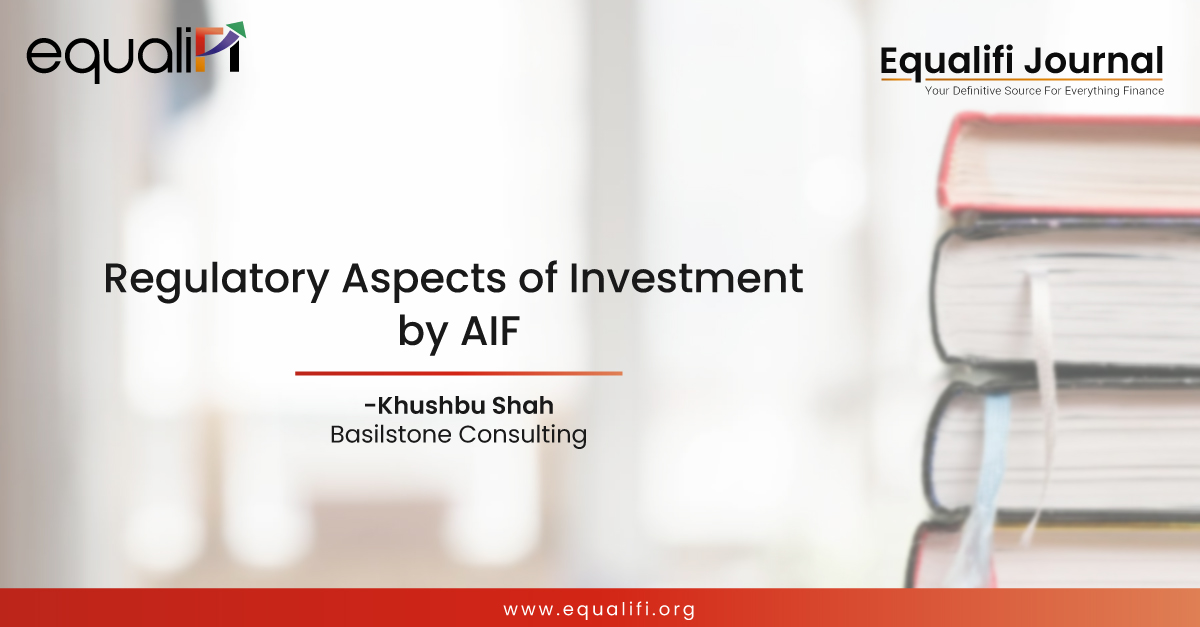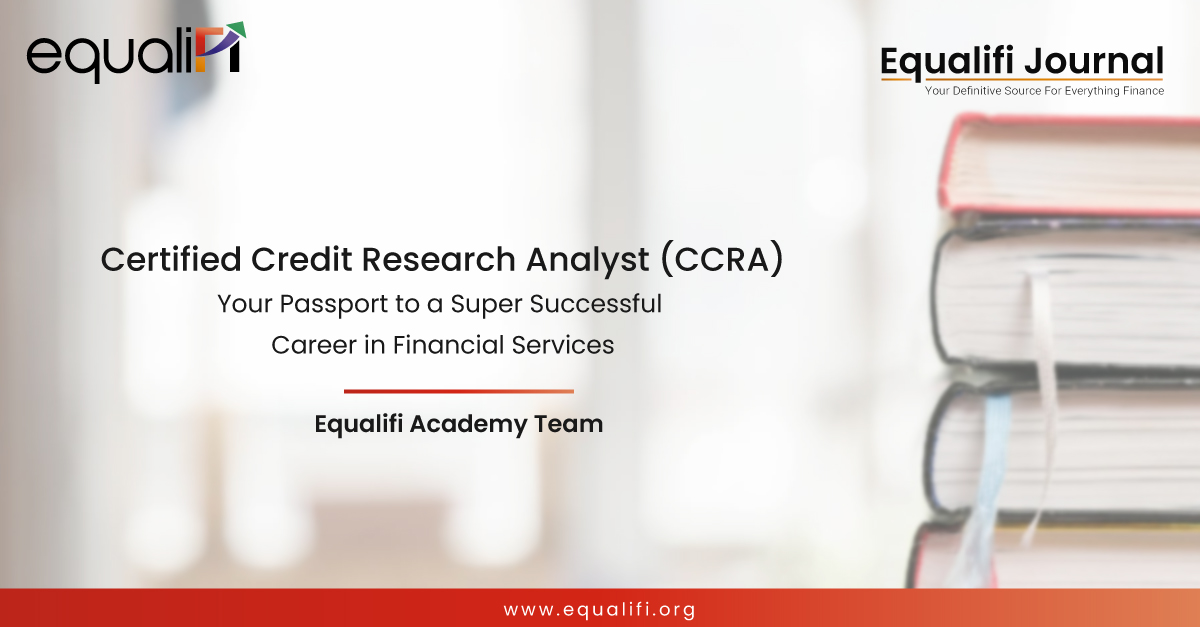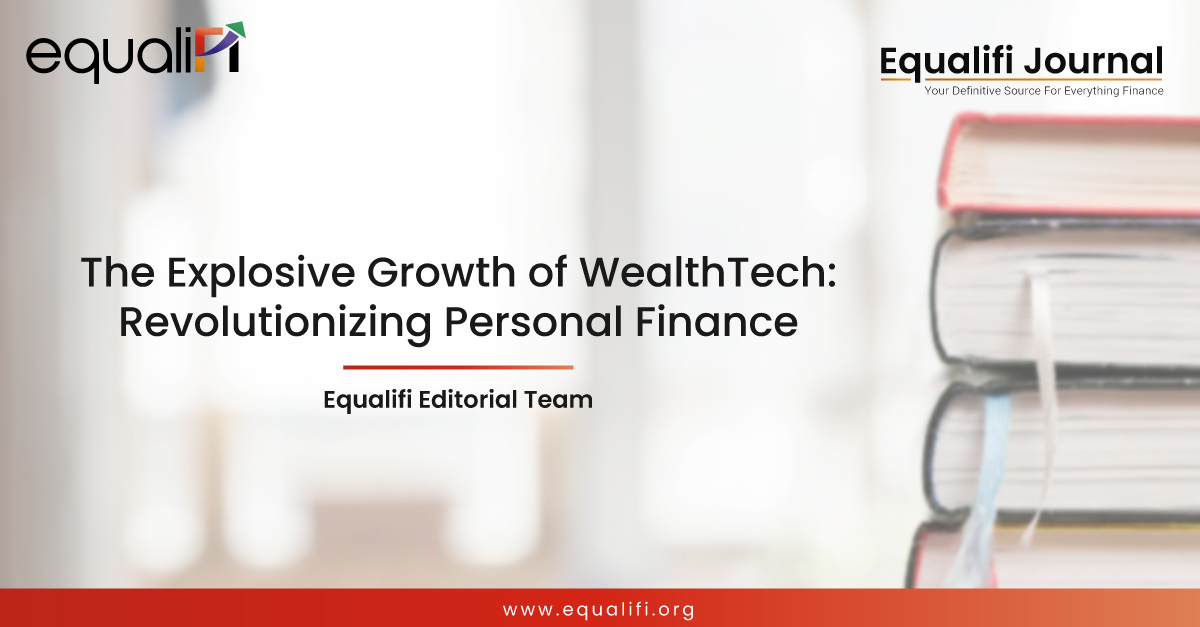The Essence of Wealth Management
Posted on: February 2, 2023 | By: Salil Thanawala, Vice President & Principal Partner, Edelweiss Wealth Management
Today, in our stage of evolution, the age of Web 3.0 and digitization – technology is all powerful. It has disrupted our way of life and rendered many businesses redundant on its path of evolution. The best part of technology is that it can bring with it a paradigm shift in the way things stand and these disruptions are innovation driven. However, in the case of wealth management, technology has been a gradual evolution. From physical shares, to handwritten demat transfer slips, to today’s digital on-boarding and transacting; from pit trading at the BSE to today’s high-frequency black box trading.
Over the last few years, especially during the Covid pandemic, the adoption of technology driven tools developed by wealth firms, has seen a dramatic increase. Parallelly, we have also seen a rapid growth of wealthtech platforms, that have attracted a very large number of users. Surely, their rapid growth has raised a lot of questions on the existing wealth platforms that have been operating for much longer, which brings us to the next important question – “What is the best model for the future?”. Well, for this we need to get back to the basics: “What is the essence of Wealth Management?” and “What do our client need from us?”
The 5 Pillars of Wealth Management
Over the years, we have realized that there are five areas of critical importance to all wealth clients:
- Advice: This ranges from simple Investment Policy Statement (IPS) to succession planning, identification of family needs, review of actions and other on-going activities
- Managing emotions: Identifying a client’s emotional profile and handling their emotions of euphoria or fear, in an extreme rise or fall of capital markets
- Access to solutions: To aid the IPS and catering to both sides of the balance sheet
- Seamless execution
- Reporting
Wealthtech and fintech companies have done very well in solving for the last two pillars. The ability of an investor to invest or borrow money has become extremely easy. Technology has evolved onboarding processes and credit underwriting to largely remove any human involvement. A few years back, opening an account required numerous signatures on stacks of papers, which has now become completely digital. Ideally, from a client’s point of view, access to all types of solutions should also be seamless and be made available on these platforms. However, there are solutions which still need collaboration from multiple entities along with having physical involvement, as it cannot be done entirely digitally. For a complete solution to be offered, there has to be a dramatic evolution of 2 things, i.e., technology and regulation, without which migration and absolute adoption will be incomplete.
The Human Element
Over the last five years, larger families have actively invested in on-boarding quality talent, in-house. This has helped them with increased bandwidth allowing them the freedom to change from traditional investment buckets to foray into varied assets and managing them via these expert professionals. This type of investing could encompass a very diverse set of assets, ranging from angel investing to buying tea or coffee plantations or real estate on metaverse. Globally, the magnitude of these options is very vast. Such solutions today are only being offered to them by the non-wealth tech platform – where a combination of wealth management and investment banking comes into play. Thus, for this segment of clients, the wealthtech platform offers limited value addition. But when you go lower on the size of capital with an investor, wealthtech platforms offer immense value, as not everyone can afford to pay for quality talent and be able to retain them. Digital platforms have an edge in providing ‘easy access’ to traditional investment avenues, but they do not give any guidance on when and how much to allocate or disinvest. On the liability side as well, the ability to get standard asset backed loans or loans for salaried employees is very easy; but business loans, loans for start-ups as working capital, etc. require case specific activities and needs person to person engagement.
Capital in any form is a very emotional concept and trust plays a very important part in it. When clients/prospects engage with wealth managers, the biggest judgment call, I believe, they try to make is – ‘Is this person right for me?’ The platform supports the person in delivering the solution, but from a bankability standpoint, the person becomes the most important aspect in this equation.
Can Technology Bridge the Gap?
Advise is the foundation of any wealth institution’s long-term relationships. Understanding needs and sensitivities along with the ability to share learnings from journeys of other clients, is purely a person-to-person experience. This personal experience, ideally, also enables answers to questions such as why, how much, how long, when to exit, risks, etc., in relation to any investments or borrowings. Wealthtech platforms currently do not have any AI that can effectively provide these answers. On the other hand, pure technology platforms are limited to high quality market access, easy of execution and open architecture platforms, with multiple products inbuilt into their systems. All standardized solutions can be availed via that ecosystem but anything that needs customizations, will struggle. Technology thrives on standardization and processes. Iterative technology – AI, needs a lot more evolution to fill this gap. With capital allocation, fundamental questions regarding risk, horizon, benchmark, flexibility, exit, etc. are unique to every individual and family. One could allocate to standardized portfolios, which like other simpler options, is technology driven. However, once the array of avenues in which the client wants to allocate increases, this becomes less and less attractive. From my experience, a large chunk of this capital (which increases with the increase in size of the office), is allocated to long term, simple avenues which do not require active rebalancing.
“What is your risk profile?” – Words like moderate, growth oriented etc. can help you bucket your risk profile from a compliance perspective, but when one experiences volatility with capital loss, the situation becomes very real. Decisions in those moments tend to stem from emotion rather than logic. Technology can enable in bringing these situations to life, through simulations of various types of portfolios. Being subjected to simulations can better prepare you, but often, when people experience real losses, managing their emotions and assisting them in decision making becomes extremely crucial. In times of volatility, the rumor mill plays a very critical role, as it elevates the perceived volatility in our mind, which in turn increases our perceived volatility index therefore hampering our decision making. At such times, you need to offer personal attention and empower the investor with rationality, information and clear actionable steps.
The Case for Phygital
While Covid-19 may have accelerated technology adoption for service providers and clients alike, the full potential of a wealth offering can be realized best through the “Phygital” route. This model, a combination of physical engagement along with digital ease, in the current scenario, seems to be the most appropriate business model. Having said that, in the spirit of evolution, regulations must also move hand in glove with the industry. Providing the right environment is critical. Many a times, in order to protect the smallest investors, regulations become very stringent. The concept of accredited investor is one of the first steps taken by the regulator to differentiate larger, qualified domestic investors from the wider universe. Open regulatory platforms can build a healthier runway for investors to gain more confidence in the digital or wealthtech platforms. Executing via digital medium still brings in some hesitation while performing high value transactions. It is more comforting when an individual is guiding or enabling you through that journey. We have seen technology fail. So, when it’s a question of large ticket sizes, clients are definitely looking for the human element to be present through that journey. Thus, better regulations, and enforcement of those regulations via the judiciary framework, will give higher impetus to the wealthtech industry in terms of wider acceptance and adoption.
“Technology by itself doesn’t make leaders. Technology only amplifies true leadership” – Steve Jobs
Learning from Mr. Jobs: Technology empowers the decision making but a person is needed to help press the button – the Phygital Model is here to stay.








